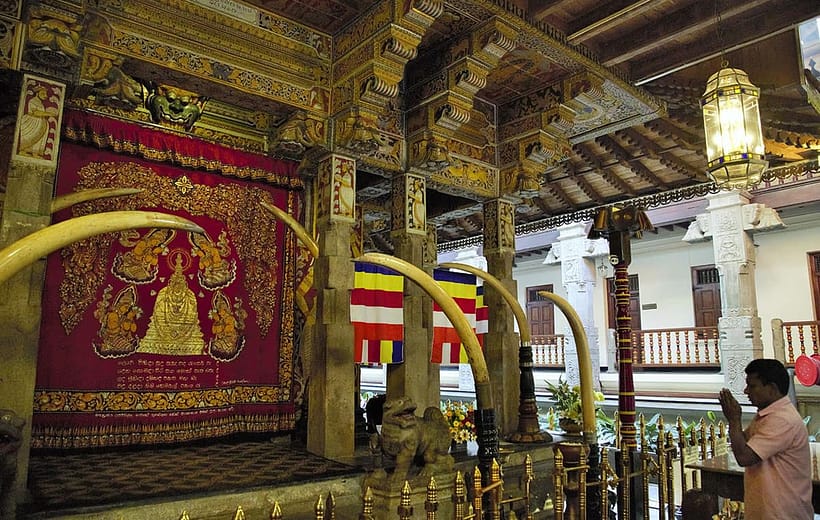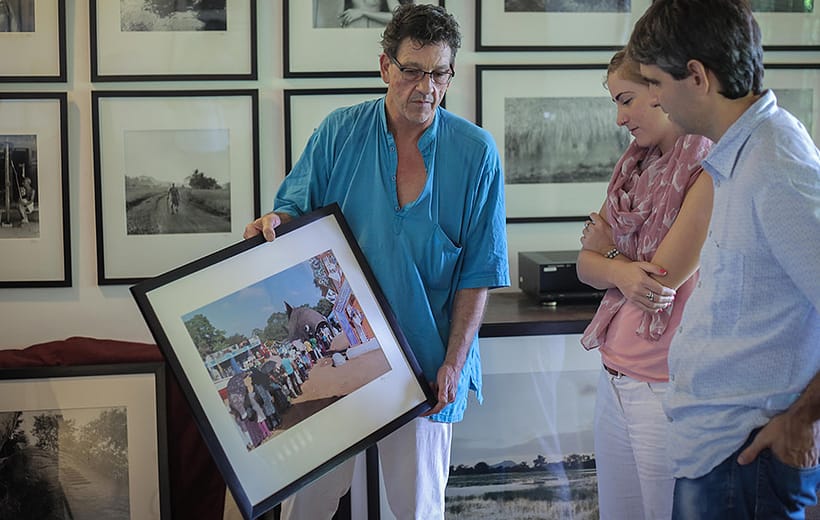Overview
Kandy is a major city in Sri Lanka located in the Central Province. It was the last capital of the ancient kings’ era of Sri Lanka. The city lies in the midst of hills in the Kandy plateau, which crosses an area of tropical plantations, mainly tea. Kandy is both an administrative and religious city and is also the capital of the Central Province. Kandy is the home of the Temple of the Tooth Relic (Sri Dalada Maligawa), one of the most sacred places of worship in the Buddhist world. It was declared a world heritage site by UNESCO in 1988. Historically the local Buddhist rulers resisted Portuguese, Dutch, and British colonial expansion and occupation.
Country
Sri Lanka
Languages spoken
Sinhala, English and Tamil
Currency Used
LKR
Area (Km2)
28.53 Km2
History
In the 6th century B.C., Indo-Europeans from the Ganges Valley invaded Sri Lanka. Ancestors of the Singalese, they ruled the island for more than 2,000 years.
Beginning in the 3rd century B.C., the country was converted to a pure form of Indian Buddhism that would continue to be practised in the future. The famous tooth of Buddha, a relic symbolising a 4th-century tradition that is often linked to royalty, was brought to Sri Lanka. From this time on, the Royal Palace and the Temple of the Tooth have been associated with the administrative and religious functions of Sri Lanka’s capital city.
Anuradhapura enjoyed the status of capital city from the 4th century B.C. until the 8th century A.D., when it was replaced by Polonnaruwa, which was capital until the 13th century. From 1592 until the 19th century, Kandy was the capital city and thus the home of the Royal Palace and the Temple of the Tooth.
Conquered by the Portuguese in the 16th century and by the Dutch in the 17th century, Kandy preserved its independence until it finally submitted to the British in 1815.
Since then, Kandy has preserved its function as the religious capital of Sri Lanka and a place of pilgrimage for practioners of the original form of Buddhism.














